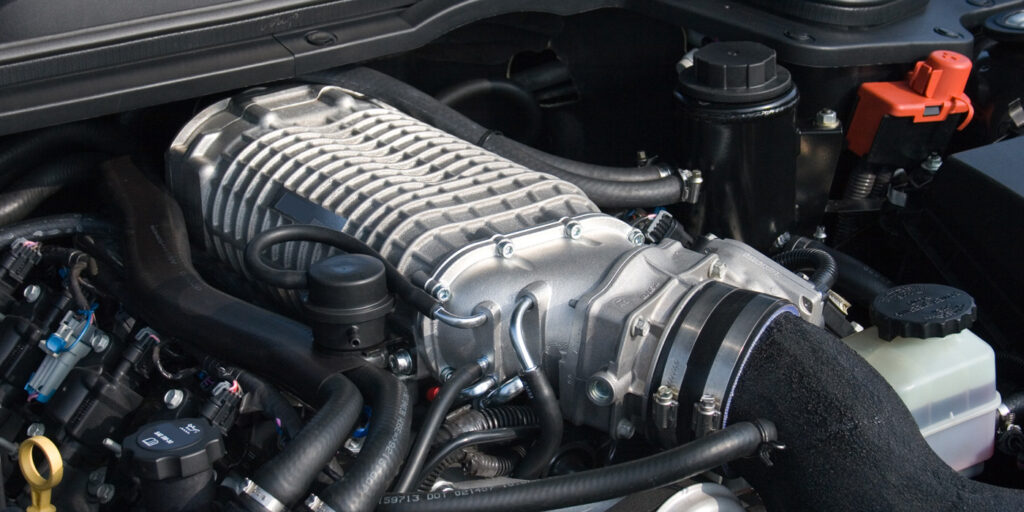Many ceramic brake pads claim to have “low dusting” formulation. But, how is this accomplished? The materials found in some ceramic brake pads are more compatible with today’s popular aluminum, open-wheel designs.
Also, some manufacturers have carefully chosen raw materials that are also are used to help eliminate the appearance of dusting. The color of the material is a light gray so it is less visible on wheels (unlike some NAO pad materials that produce a dark brown or black dust that clings to wheels).
Ceramic particles are less abrasive to the rotor surfaces. In addition, some ceramic pads tend to contact the rotor in a more adhesive fashion to slow the wheel as compared to semi-metallic and other pads that are much more abrasive.
The abrasive action wears away at the rotor and creates rotor dust that can stick to the wheel. This approach can reduce rotor wear by as much as 80 percent, increasing rotor life by as much as 400 percent versus when compared to semi-metallic pads on the same application.
Every brake manufacturer uses their own ceramic-based or ceramic-enhanced compounds. The type of ceramics used, the particle size, distribution, hardness and other ingredients that go into a ceramic type of friction material can all vary, even from one vehicle application to another. So ceramics should not be stereotyped or viewed as some type of generic product.











